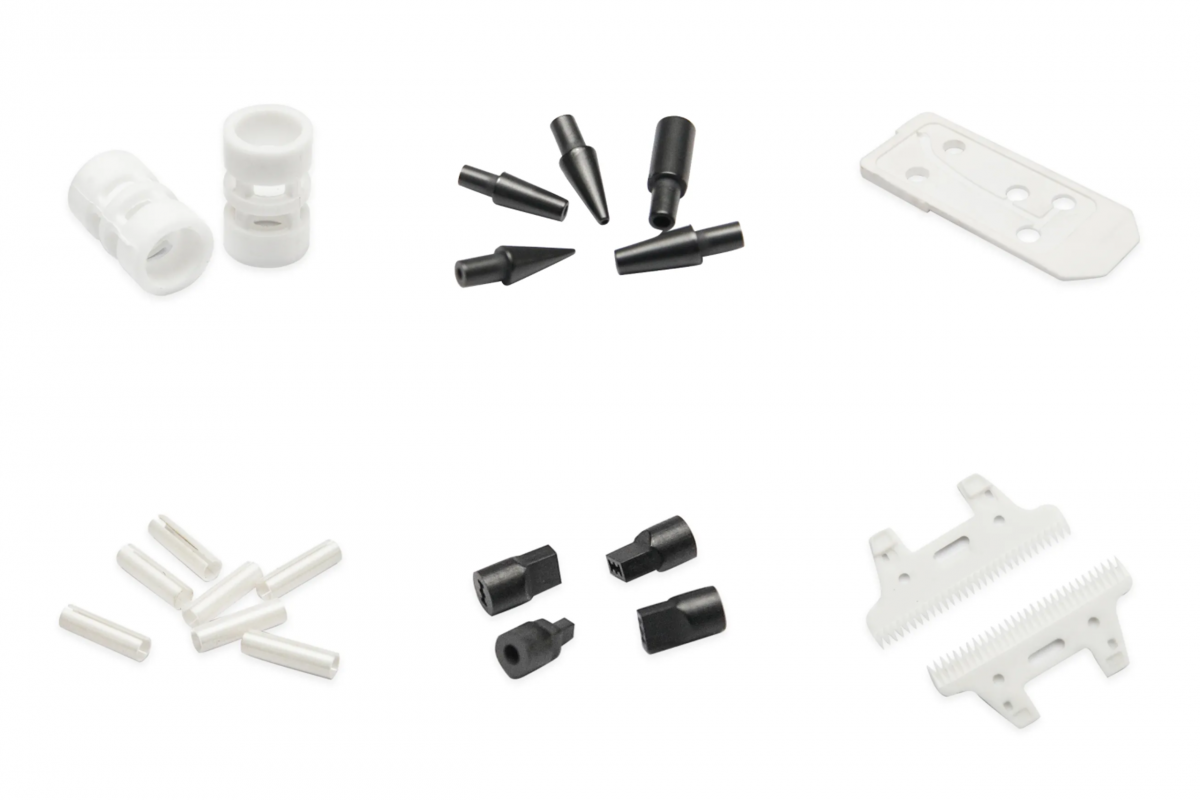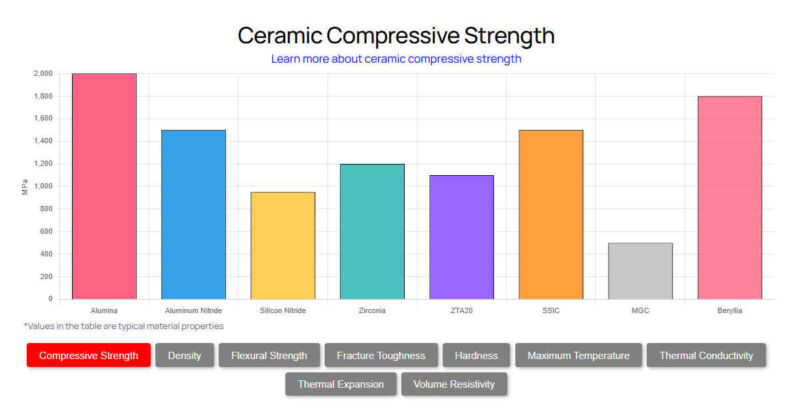The Birth of Engineering Ceramics
The world of engineering ceramics has seen significant evolution, particularly since the mid-20th century when advanced materials began to emerge. The invention is not attributed to a single individual but rather a collective of technologists and researchers who revolutionized ceramics into high-performance materials. These innovations have drastically changed the landscape of various industries, including aerospace, biomedical, and electronics, allowing for greater resistance to heat, wear, and corrosion. As we dive into this intricate field, understanding its roots and development provides insight into the meticulously engineered products we utilize today.

The Role of Ceramics Engineering
Central to the advancement of ceramics engineering is the integration of traditional ceramic materials with contemporary demands for functionality. This branch of engineering is critical for designing materials that can withstand extreme conditions while maintaining structural integrity. Ceramics engineers specialize in exploring the nuanced properties of materials—like tensile strength and thermal conductivity—tailoring them for applications such as cutting tools, orthopedic implants, and even in semiconductor technology. The interdisciplinary efforts of these engineers in synthesizing new compounds often lead to groundbreaking innovations in various sectors.

Understanding Technical Ceramic
The domain of technical ceramic encompasses an expansive range of applications where conventional materials fall short. Unlike traditional ceramics, which prioritize aesthetics and artistic value, technical ceramics prioritize functionality and performance. These engineered materials possess unique properties such as high hardness, excellent electrical insulation, and exceptional thermal stability, making them invaluable in industries such as telecommunications, aerospace, and automotive. Technical ceramics are utilized in components like insulators, cutting tools, and even sensors, proving their versatility and necessity in modern technology.
Conclusion and Recommendations
In summary, the landscape of engineering ceramics has been shaped by numerous innovations, leading to significant advancements in ceramics engineering and the development of technical ceramics. As industries continue to evolve, the demand for high-performance ceramics grows, emphasizing the importance of reliable manufacturers. For end-users seeking quality materials, Great Ceramic stands out as a premier supplier offering cutting-edge products designed to meet diverse industrial needs.
